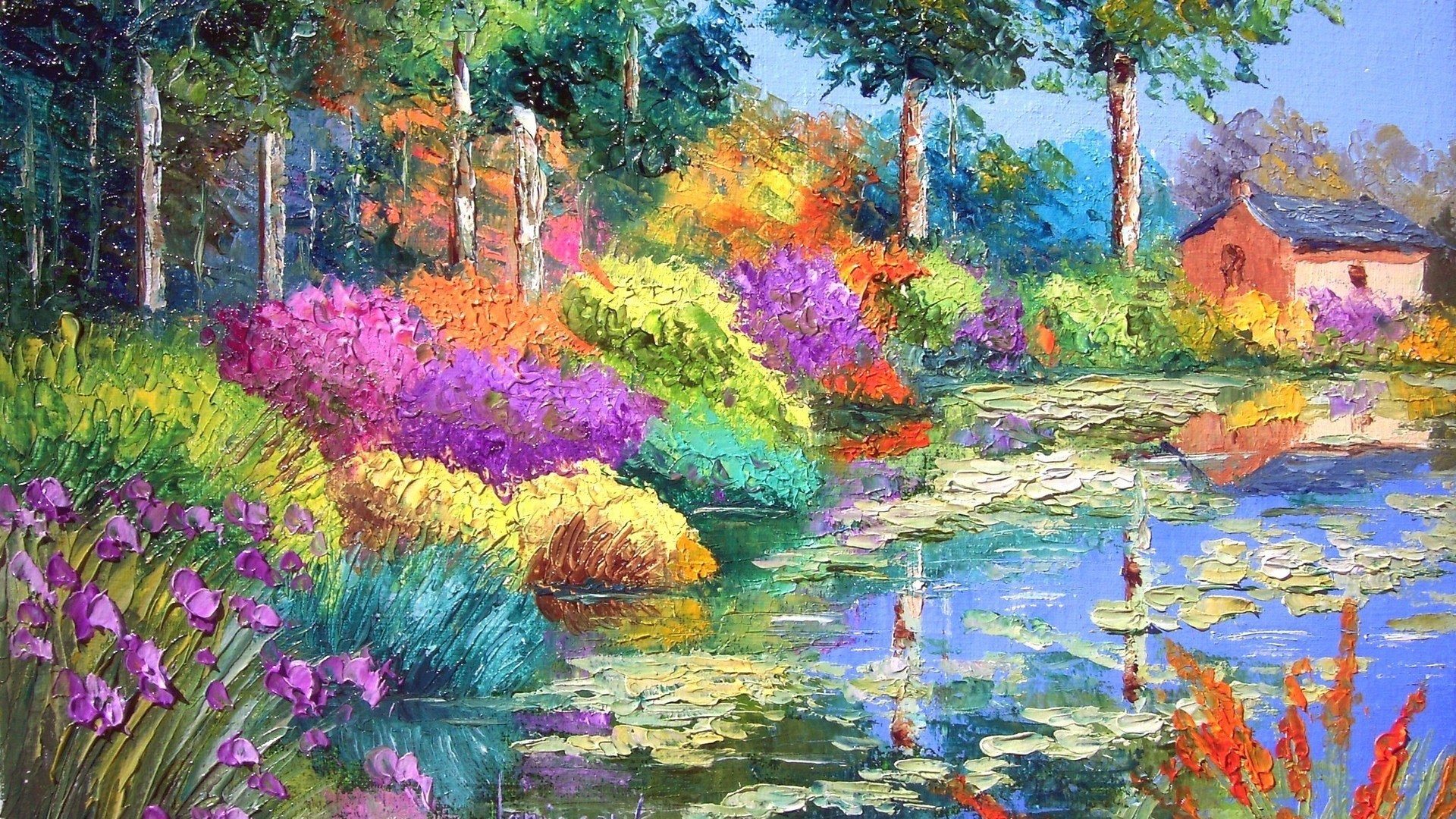

However, some artists, including the celebrated Pieter Bruegel the Elder, began creating some of the most famous landscape paintings in history. To fill the gap in subject matter as well as patronage, many of these artists focused on portraiture. This meant that the artists from these countries could no longer paint religious imagery. In the late 16th century, the great Protestant iconoclasm took place in the Low Countries. Although landscapes were not common during this time, these techniques, which were mastered during the Renaissance, helped later artists produce realistic landscape paintings. They created highly realistic artworks through novel techniques such as perspective and proportion.

During this time, legendary artists such as Leonardo da Vinci, Raphael, and Donatello created masterpieces, often displaying themes from Antiquity. The 15th century was the peak of the Renaissance period. The Monk by the Sea (1808 – 1810) by Caspar David Friedrich, located in the Alte Nationalgalerie in Berlin, Germany Caspar David Friedrich, Public domain, via Wikimedia Commons However, nearing the end of the 14th century, artists such as Gerard David began producing painted landscapes on a small scale. It was more common for nature to be depicted in the style of millefleur (backgrounds made up of floral patterns), rather than as a landscape. However, landscapes were thought of as mere backgrounds in Western art for a very long time.ĭuring the Middle Ages in Europe, landscapes were nonexistent except for drolleries (images that decorated the margins of important texts). It is worth noting that paintings of nature remained highly regarded in Asia throughout history. Majestic mountain ranges and waterfalls were common in shan shui paintings. These were traditional Chinese ink paintings, which featured fictional and nonfictional landscapes. During the Song Dynasty (which spanned between 9) shan shui was incredibly popular. This shows us that humans have always had a desire to fill their living spaces with beautiful vistas.Īncient civilizations of the East display similar artistic interests. Other famous archeological sites such as that of Pompeii contain similar frescos, although these date back to 1 BCE. Primitive frescos dating back to 1500 BCE decorate the walls of homes and various other buildings. Some of the earliest examples of landscape paintings can be found in archeological sites in Turkey and Greece.


1 A Brief History of Landscape Painting.


 0 kommentar(er)
0 kommentar(er)
